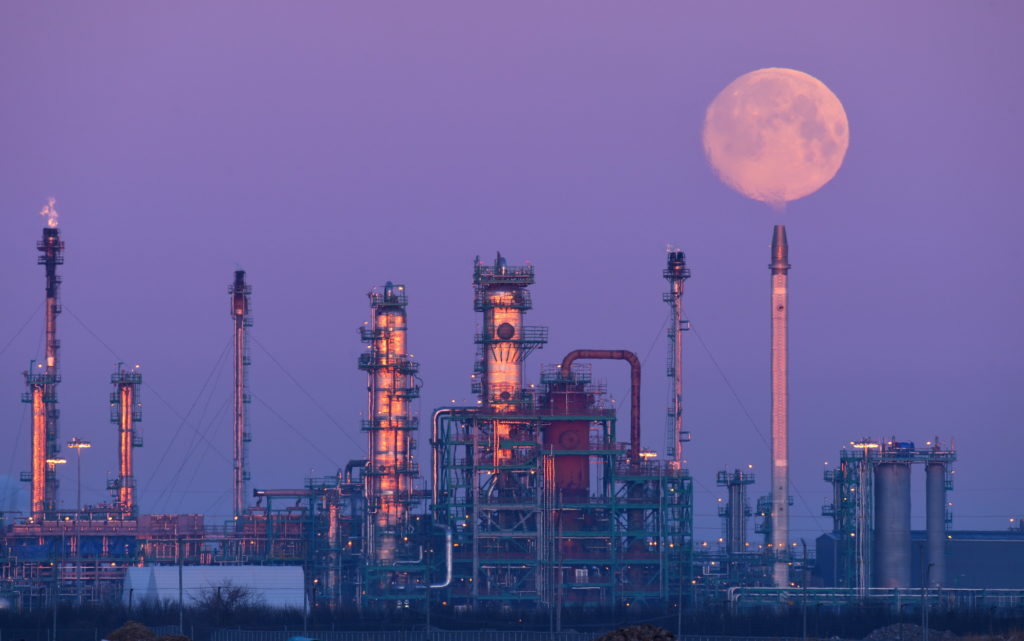Photographing the Full Moon
Settings, Techniques and Tips
Full Moon Photography
Concept
Photographing a full moon as it rises over the horizon can be a wonderful shot but it does present some challenges. You will need a tripod and a good long telephoto lens. You also need to get a bit lucky with the weather and hope for clear skies. The biggest challenge however is the fact that a full moon happens as the sun is setting and it gets dark quickly. This means that you only have a few precious minutes to work with. After the sun has set and the moon has risen, the fact is that if you get the moon correctly exposed, the rest of the image is completely black.
You may find more luck shooting a waxing moon rise when the moon is not quite full but it is rising during daylight.
Another challenge is that when the moon is close to the horizon, it is distorted visually by the fact that the light from the moon has to pass through much more atmosphere than when the moon is overhead. This extra atmosphere is partly why the moon looks bigger at the horizon, but it makes it impossible to get a truly sharp image. You need to accept that and work with it.
My shot here is ISO 250, f5.6, and 1/125 shutter. Taken at Moon-set in the early morning.

Settings
Exposure Mode: Manual exposure mode
Focus Mode: One Shot Auto-Focus on Canon, AF-S for all other camera brands
ISO: 400
Aperture: 5.6
Shutter: A good starting point is around 1/250 however you will need to adjust the shutter to get the photo to the exposure you like.
White Balance: Daylight/Sunlight white balance
Note: If the foreground you are shooting has artificial lights such as a cityscape or a building with lights on, then you should try a different white balance setting such as tungsten or fluorescent.
Techniques
Use a tripod for best results. Actually, I don’t think I would bother without a tripod.
Use the longest telephoto lens you own (mine is 200-500mm)
Find out where the moon will be rising and at what time. there are apps and websites that can tell you this. (do this before it starts!)
You will need to work quickly as the moon’s rise happens very quickly. Photos of the full moon are best in the seconds and minutes immediately after the moon rise. Within a couple of minutes, the sky and foreground will simply be black silhouettes.
Find an interesting foreground. To make the photo your own, find an interesting foreground. If the shot is just a photo of the moon, again, it will start to feel boring if it’s all alone.
Avoid overexposing the moon. If the moon is a white blob, you will need to make your shutter speed faster. For example, if you use my settings as a starting point and the moon is pure white, then try 1/500. If it’s still too bright then 1/1000. Vice versa, if the moon is too dark at 1/250 then try 1/125.
Shoot lots and use a remote or cable trigger if you own one. Note: When using long telephoto lenses, even the slightest movement, such as the movement when pressing the shutter button is enough to ruin the photo with blur.
Pro Tip:
Shooting the moon rise in the evening is good, but there is always a second opportunity in the morning when you can catch a setting full moon. I actually prefer the setting full moon because I know exactly where it will be when it gets to the horizon and allows me more time to get my settings correct.

